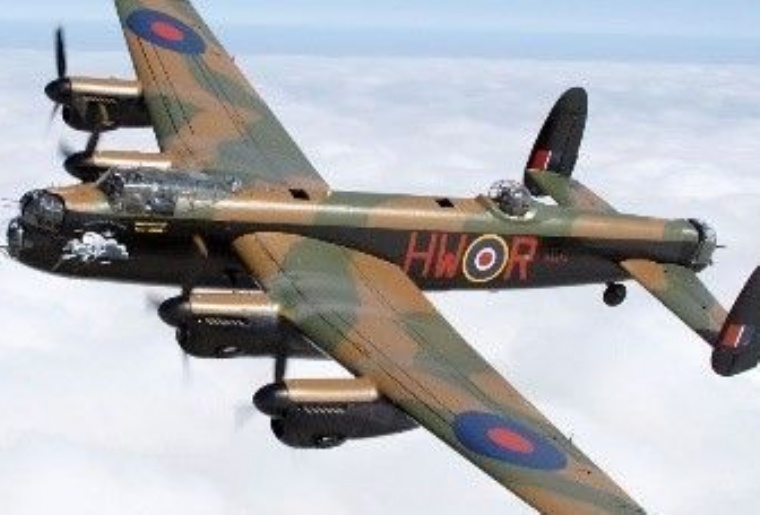Bulletin - 22-05-23

“Who are these that fly along like clouds, like doves to their nests?” Isaiah 60:8
Dear Colleagues and Friends,
I must admit to being a nervous flyer. I have sweaty palms, I check my seatbelt more than once to ensure it is fastened and I actually do read the safety guidance from cover to cover. As I wait in a departure lounge and look at the huge aeroplanes sitting on the runway being loaded with suitcases, cargo and 500 people, I fail to comprehend how they ever get off the ground. I know there are clever scientists and engineers who will be able to explain this to me but I just look at aeroplanes in awe and wonder.
In Lincolnshire, we are regularly treated to the amazing spectacle of the Red Arrows. They are a symbol of national pride and are always at the centre of significant national events such as the flight over Buckingham Palace for the King’s coronation. The question in my mind is ‘how do they do it?’ We of course know that to fly in an aerobatic display team, it takes a dedicated, skilled and talented group of people to produce the air show. There are engineers, pilots, technicians, ground staff and many more people working collaboratively with huge determination to create the amazing displays of planes flying at speed in a unified direction with great precision and agility.
Last week, I watched a Lancaster bomber fly over the fields of Lincolnshire to mark the 80th anniversary of the Dambuster raid. I looked at the old aircraft in awe and wondered how ever did the 19 Lancasters of 617 Squadron accomplish such a difficult mission after they took off from RAF Scampton heading for the Ruhr, the heart of the German industrial complex.
We know the pilots, engineers and all those involved in getting the planes successfully off the ground were an extraordinarily brave and professional group of people who accomplished astonishing things.
There was also, of course, the scientist, Barnes Wallis, who invented the bouncing bomb after testing the principle of catapulting marbles across a tin bath in his garden. The success of the mission was attributed to the persistence, courage, creativity, resilience and belief of a team of people working as a team. In a time of real distress and challenge, there was a shared vision and a clear goal for all involved. We saw the same more recently, when planes were sent to Sudan to return people safely home from a place of confusion and chaos. War, conflict, exile, distress – these were all experienced by God’s people in their time of exile. The prophet Isaiah spoke into this situation, reminding them that their trust in the One who seeks the good of all connected them, strengthened them and gave them a shared purpose:
31 But they that wait upon the Lord shall renew their strength; they shall mount up with wings as eagles; they shall run, and not be weary; and they shall walk, and not faint.
(Isaiah 40: 31)
In education, it can sometimes seem that we have insurmountable challenges. We may ask ourselves as school leaders, how do we ensure success in a climate when there are barriers that seem as high as mountains? There are funding challenges, there are pressures of inspection and there may be staffing issues in school.
How do we fly our schools over these mountains and through the thick cloud?
We can take inspiration from the aviation teams behind the Red Arrows, the Dambusters and those sent to help all in distress today.
In our schools throughout the diocese, we have dedicated people who are talented, skilled, hardworking, courageous, determined and resilient. It is really important that as a group of people with these qualities, we work together. The success of a school is not just down to the headteacher, just like the success of an air show, Dambuster raid or rescue mission was not just down to pilot. The pilots and the headteachers need a team of people with them. The greater the strength and unity in the team, the higher the mountain and the thicker the cloud we can deal with.
In our schools with Christian foundations, we can also seek God’s guidance, wisdom and strength to help us navigate through rocky mountains.
13 I can do all things through [a]Christ who strengthens me (Philippians 4:13)
In an article from Eternity News (2013), a Christian airplane pilot, wrote,
‘In aviation, an aircraft captain is in charge of the aeroplane as it flies. [They are] responsible for the safe and efficient completion of the flight. [They] makes command decisions, diverts aircraft if there’s bad weather ahead. [They] encourage and mentor the co-pilots, training them up to be pilots on their own. [They] keep everyone down the back safe, and takes them to their destination. I’ve come to realise that God is the best aircraft captain that there is.’
We can and we do achieve great things in our schools. The level of our success for the future I believe is dependent the strength of teamwork and the clarity of our Christian vision. Please don’t hesitate to contact the diocesan education team when you’ve got a hill or a mountain to fly over.
Enjoy the rest over the half term.
Best wishes
Paul Thompson, Diocesan Director of Education
